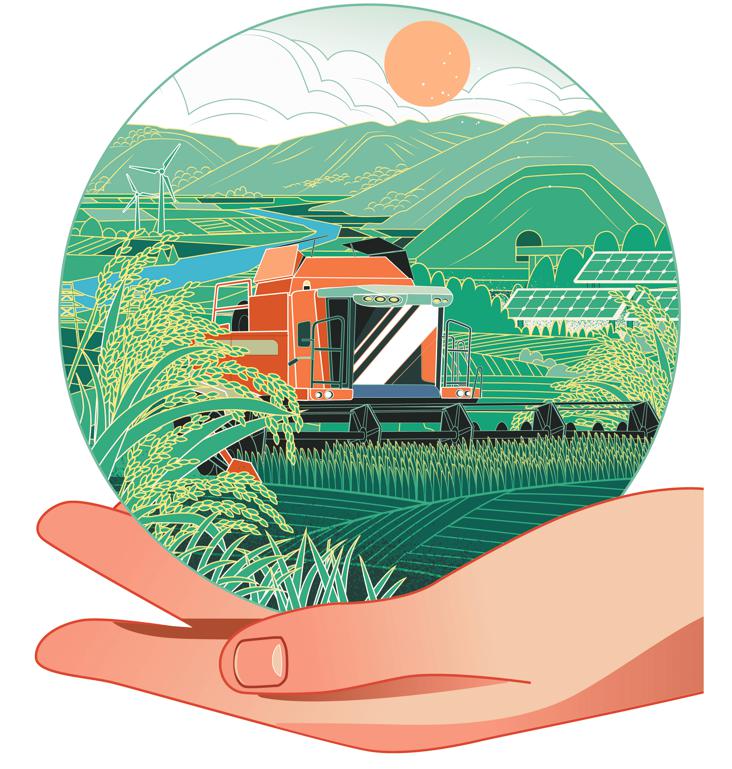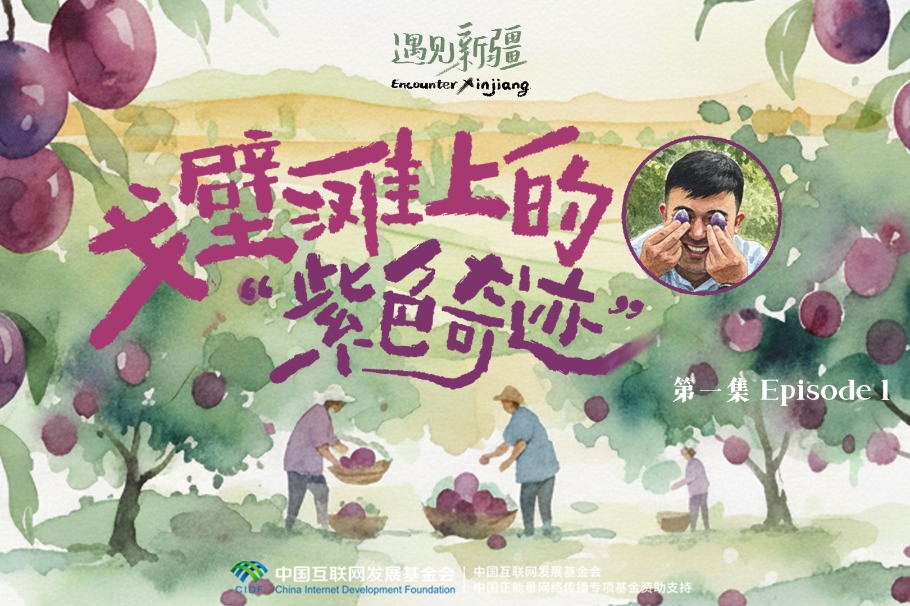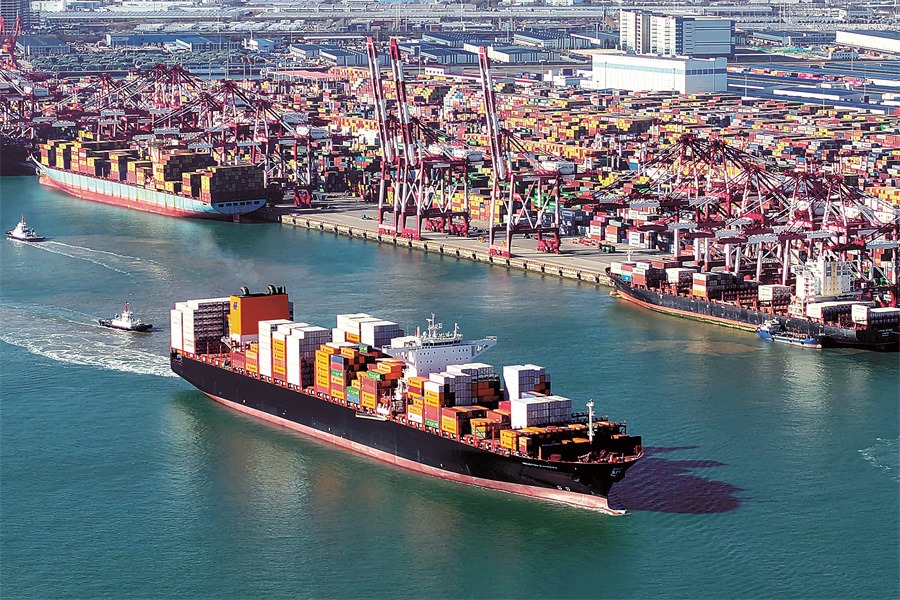Non-grain land conversion needs rethink


The "non-grainization" of cultivable land generally refers to the act of growing vegetables, fruits and other non-food crops on farmlands. The proportion of cultivable land used to grow non-food crops to the total sown area of crops can be used as a yardstick for measuring "non-grainization" of cultivable land.
Using this yardstick, we can say the area used to grow non-grain crops in China has increased slightly in recent years. The proportion of the area used for grain production (cereals, beans, tubers) in the total sown area declined from 71 percent in 2015 to 69.7 percent in 2021, and the proportion of area used to grow cereals (rice, wheat, corn) in the total sown area for crops declined from 61 percent in 2015 to 59 percent in 2021.
However, the trend of per capita grain production is basically in line with the non-food conversion of cultivable land. And while China's per capita grain production reached 479 kilograms in 2015, only in 2021 did the amount surpass the 2015 level to reach 483 kg.
Concerned over the "non-grainization" of cultivable land, the central government has issued a series of policies. But despite playing a key role in protecting cultivable land and consolidating grain production, the policies have had some negative effects such as reducing the income of agricultural entities (farmers included) and curtailing the diversification of agricultural production, harming the interests of farmers and local governments to a certain extent.
Hence, a rethink on the policies is urgently needed.
The relatively low returns on grain production is the fundamental reason for the "non-grainization" of cultivable land, and the contradiction between the rising cost of and low income on grain production is difficult to reconcile. Besides, the continuous shift of laborers from agriculture to non-agricultural sectors has led to a rise in agricultural labor cost, and the prices of products such as seeds, fertilizers and farm machinery have also increased. Data show that without subsidies, the average net profit of growing rice, wheat or corn is often negative.
In addition, the size and topography of farms influence farmers' planting decisions. For example, in plain areas that are suitable for mechanical farming, farmers will increase mechanized farming for grain crops. And since mountain and hill slopes are not suitable for large-scale mechanical farming, farmers in such places will cultivate more cash crops. This fragmentation of cultivable land often leads to "non-grain conversion".
At the same time, food security has become even more important. Traditionally, safeguarding food security meant ensuring smooth grain supply. But with China's population set to decline, and given the rise in the aging population and change in people's dietary habits, the demand for grains too will decline steadily. Growth, therefore, will mainly come from feed grains, supplemented by the industrial use of grains.
Today, food security is no longer just a matter of grain security, but a more broadly defined food security which includes securing the supply of fruits, vegetables and meat. Correspondingly, the management of non-grain cultivable land should go beyond the traditional "grain-based" security to include nutrition and health security, environmental sustainability and common prosperity by using a big food approach.
First, the priority of cultivable land use should be to ensure regular supply of vegetables, fruits, meat, aquatic products and other types of foods while securing the supply of staples, and better meeting the increasingly diversified food consumption needs of the people through production diversification.
Basic farmlands and high-standard farmlands should be used to increase grain production, especially rice, wheat and corn production. Also, large-scale mechanization, irrigation and connectivity should be promoted, so farmers can earn a decent income by growing grains.
But no matter what type of crop farmers produce, cultivable land should not be used for other purposes nor should soil properties be changed, while measures should be taken to ensure cultivable land can be used to grow food grains in times of emergency.
Second, both domestic and foreign resources should be used in an all-round way using multiple channels to increase the diversity and resilience of food supply. It is also necessary to promote diverse dietary habits among the people for both health and environmental reasons by, for instance, helping lower the demand for red meat and thereby feed grains, and correspondingly reduce import dependence.
To better protect the ecological environment, food production should be boosted by not only increasing cultivable land resources but also using all land resources, including grasslands, forests, water bodies and alternative protein resources. There is also a need to make rational use of the global market and reduce the gap between domestic food supply and demand through diversified and moderate imports. From the perspective of comparative advantage and trade, importing land-intensive food is more beneficial to China than importing labor-intensive non-food products.
And third, more policies should be implemented to increase the income of people engaged in agriculture and encourage all kinds of entities to help increase food production. And new policy priorities should include supporting professional farmers, developing moderate-scale operations, upgrading agricultural technology and extending the value chains.
Wenjin Long is a lecturer at, and Shenggen Fan is the dean of, the Academy of Global Food Economics and Policy, China Agricultural University.
The views don't necessarily represent those of China Daily.
If you have a specific expertise and would like to contribute to China Daily, please contact us at opinion@chinadaily.com.cn, and comment@chinadaily.com.cn.































